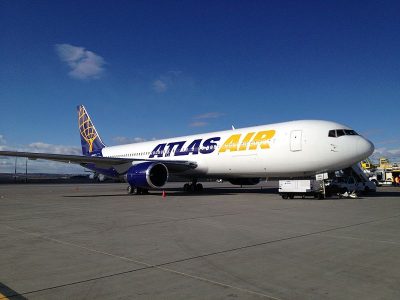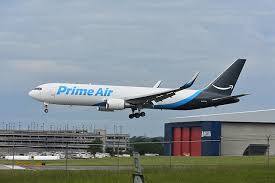
Well, I spoke too soon. Two weeks ago, I wrote a blog for Doctor Aviation celebrating over 10 years since the last fatal aviation crash in the United States. Atlas Air ended the streak on February 23, 2019, four days after my post.
Here is what we know: the aircraft was a Boeing 767, built in 1992. The flight number was 3591. It was a cargo plane flown by Atlas Air. This company routinely flies cargo for a number of vendors; this flight was for Amazon. The plane departed from Miami, Florida and headed for George Bush Airport in Houston. The aircraft was descending about 40 miles east of the airport at an altitude of 6,300 when it entered a steep dive. The aircraft hit nose first into Trinity Bay, part of the Gulf of Mexico, due east of Houston. There were three souls on board. For maps, video footage and air traffic controller communication see the CNN report

What Happens Next?
The National Transportation Safety Board (NTSB) is an independent investigative agency of the United States Federal government. They will send an investigation team, known as a “go team” to the scene of the crash. For an aircraft of this size, the NTSB will likely send about a dozen specialists for the Atlas Air investigation. For more information on the NTSB see their website. Several months from now the NTSB will issue a report as to the probable cause of the accident. Note: there was bad weather reported in the area.
Two Black Boxes
The NTSB is looking for two key pieces of equipment, or black boxes, below the five-foot deep waters in Trinity Bay. The first is the flight data recorder. What vital signs are for the body (temperature, pulse, blood pressure), the flight data recorder is for an aircraft. It records the vital signs. The flight data recorder records aircraft readings from key instruments as well as pilot inputs into the controls. Using data from the flight data recorder, the accident can be recreated in a simulator.

The second box is the cockpit voice recorder (CVR). This device records all the voice communication between the pilots on the flight deck as well as to/from the air traffic controllers. Thus far, the agency has recovered the flight data recorder. For a photo of the device see NTSB photos. As of March 1, 2019, the NTSB reports the Atlas Air cockpit voice recorder has also been recovered.
Now we wait for the analysis to discover the cause of the crash. The best way to honor the deceased of Atlas Air is to learn from their mishap so future accidents can be prevented.
